BIBLICAL AND SCRIPTURAL BASIS FOR THE SPIRITUAL MOTHERHOOD OF OUR LADY AND HER HEAVENLY COUNTERPART "SOPHIA". by Frater the Very Revd Francisco Javier Alonso-Rebollo KSJA
We will present three Gospel texts that make explicit reference to this truth: Specifically two pericopes from the Gospel of St. John and one from the Apocalypse, and we will progressively move towards a deeper and more accurate understanding of the role of Our Lady and the heavenly counterpart Sophia. Gospel texts:
1. Jn 2:1 ff. This whole episode of the wedding feast at Cana is framed in the perspective of Mary as mother - four times Our Lady appears in this scene with the title of mother of Jesus. As mother she also acts before the Son and before the servants. We see, then, a double motherhood: the physical one towards her Son and the spiritual one towards men, manifested in the phrase "Do whatever he tells you" (Jn 2,5).
2. Jn 19:25-27. Because of the whole context - of a clear messianic and ecclesiological flavour - Jesus' words give Mary a mission that is intimately connected with the redemptive work, which the Lord accomplishes at that moment: Mary is Mother of the followers of her Son.
3. Rev 12:1-18. This scene, from a Christological and canonical perspective, sees the Woman clothed with the sun as the physical Mother of Jesus. The Son, who is born, is attacked by the dragon, but God protects him from his attacks, and then, the serpent being scornful of the Woman, goes off to make war on the rest of her children, who keep the commandments of God and maintain the testimony of Jesus. Thus, in this vision Mary appears as the physical Mother of Christ and as the spiritual Mother of his disciples. It is in this passage that Sophia is relegated to the role of Mary. The "Woman clothed with the sun" is, in this case, Sophia.
1. Jn 2:1 ff. This whole episode of the wedding feast at Cana is framed in the perspective of Mary as mother - four times Our Lady appears in this scene with the title of mother of Jesus. As mother she also acts before the Son and before the servants. We see, then, a double motherhood: the physical one towards her Son and the spiritual one towards men, manifested in the phrase "Do whatever he tells you" (Jn 2,5).
2. Jn 19:25-27. Because of the whole context - of a clear messianic and ecclesiological flavour - Jesus' words give Mary a mission that is intimately connected with the redemptive work, which the Lord accomplishes at that moment: Mary is Mother of the followers of her Son.
3. Rev 12:1-18. This scene, from a Christological and canonical perspective, sees the Woman clothed with the sun as the physical Mother of Jesus. The Son, who is born, is attacked by the dragon, but God protects him from his attacks, and then, the serpent being scornful of the Woman, goes off to make war on the rest of her children, who keep the commandments of God and maintain the testimony of Jesus. Thus, in this vision Mary appears as the physical Mother of Christ and as the spiritual Mother of his disciples. It is in this passage that Sophia is relegated to the role of Mary. The "Woman clothed with the sun" is, in this case, Sophia.
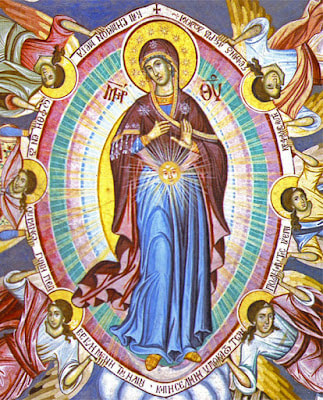
From the Liberal Catholic perspective a distinction must be made between Sophia, an elevated Aeon of the Plenitude (Pleroma), whose meaning is "Wisdom" and who is of a feminine character, and the Virgin Mary, "the Mother of the Lord according to matter", who is an honourable figure of Gnosis, but is a human woman, whereas Sophia is celestial. Although she is known to the Gnostics in a very special way, Sophia was known to certain Biblical authors who wrote the Wisdom Literature (Book of Wisdom, Ecclesiastes, Ecclesiasticus and Proverbs, and also the Song of Songs), to ancient philosophers such as Philo, and to certain theologians known as "Sophiologists". However, we should not confuse them.
The Bishop of Hippo, basing himself on the Pauline doctrine of the Mystical Body, affirms that Mary is the mother of the Total Christ, although he clearly distinguishes between her physical or bodily maternity with respect to Jesus and her spiritual maternity with respect to the men incorporated into the Body (De sancta virginitate,). Our Lady and Sophia complement each other in helping the Soul to evolve.
Sophia has a commitment to creation and to the end (eschatology) of human history. One can be seen in Her rebuke to the Demiurge when She declared that "He is the only God and there are no other gods before Him". Another is His gift of the spirit of higher life to Adam, who was created an disabled fool by the Demiurge. She also inspired Eve and the serpent in order to facilitate the exit of the first human pair from the paradise of ignorance where they were confined. She continues to help humanity. The canonical Scriptures declare that She "penetrates into holy souls and makes them friends of God". There is much evidence of Her helpful presence among us to this day. There is a profound relationship in contemporary teachings on the Virgin Mary (Mariology) with Sophia. Teachings such as the Assumption of Mary, and her role as co-redeemer (CO-REDEMPTRIX) and mediator between God and man (MEDIATRIX) can easily be applied to Sophia. The exoteric (read that right, with an "x") Western Church has suppressed and forgotten the figure of Sophia and only the figure of Mary to whom all feminine mysteries and sanctity are now attributed was left.
The Bishop of Hippo, basing himself on the Pauline doctrine of the Mystical Body, affirms that Mary is the mother of the Total Christ, although he clearly distinguishes between her physical or bodily maternity with respect to Jesus and her spiritual maternity with respect to the men incorporated into the Body (De sancta virginitate,). Our Lady and Sophia complement each other in helping the Soul to evolve.
Sophia has a commitment to creation and to the end (eschatology) of human history. One can be seen in Her rebuke to the Demiurge when She declared that "He is the only God and there are no other gods before Him". Another is His gift of the spirit of higher life to Adam, who was created an disabled fool by the Demiurge. She also inspired Eve and the serpent in order to facilitate the exit of the first human pair from the paradise of ignorance where they were confined. She continues to help humanity. The canonical Scriptures declare that She "penetrates into holy souls and makes them friends of God". There is much evidence of Her helpful presence among us to this day. There is a profound relationship in contemporary teachings on the Virgin Mary (Mariology) with Sophia. Teachings such as the Assumption of Mary, and her role as co-redeemer (CO-REDEMPTRIX) and mediator between God and man (MEDIATRIX) can easily be applied to Sophia. The exoteric (read that right, with an "x") Western Church has suppressed and forgotten the figure of Sophia and only the figure of Mary to whom all feminine mysteries and sanctity are now attributed was left.
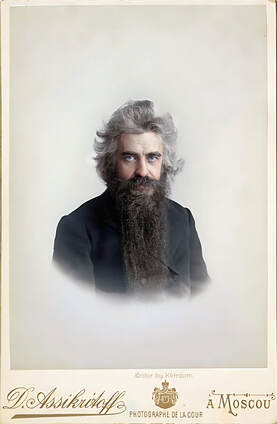 Vladimir Sergeyevich Solovyov
Vladimir Sergeyevich Solovyov Our Lady of Light or Celestial, Sophia, has appeared and communicates also with some human beings. She did so, for example, with the Russian philosopher Vladimir Sergeyevich Solovyov, also known by the transcription of his name as Vladimir Solovyov, at the end of the 19th century. In 1875, Solovyov undertook a study trip that took him via Warsaw and Berlin to London and from there to Cairo; then, in 1876, he went to Sorrento (Italy), where he wrote the esoteric dialogue Sophia. After a brief stay in Paris, he returned to Moscow, where he rejoined the university. This trip is important because it was then, during the days of research at the British Museum in London, that he experienced "the great vision of wisdom (Sophia)" which would so definitively mark all his subsequent development. In fact, his departure for Egypt had to do with this event. In the desert he renewed his vision and, returning to Italy with his friend Prince D. Tsertelev, wrote the above mentioned dialogue, one of Solovyov's most hermetic works.
There is one account of events in the history of Sophia after the formation of the Gospel narratives concerning Christ and that is the book "Pistis Sophia", although elements of His story appear in other Scriptures. Pistis Sophia is an important Gnostic text discovered in 1773, possibly written in the second century. The remaining five copies, which scholars place in the 5th or 6th century, relate the Gnostic teachings of the transfigured Jesus to the assembled disciples (including His mother Mary, Mary Magdalene and Martha), when the risen Christ had completed eleven years of speaking to His disciples, teaching them only the lower mysteries ("Transfigured" refers to Jesus after His death and resurrection).
Readings and reflections from the Liberal Catholic worldview will never be presented in a dogmatic way, quite the contrary. To enter into the liberal Catholic and Gnostic texts we must use not only the intellect but also "intuitive perception and the development of inner vision". We have to let these texts "enter us" and not only "enter them ourselves from the intellect". It is an act of openness, humility and deep respect. In short, it is an unquestionable act of initiation.
There is one account of events in the history of Sophia after the formation of the Gospel narratives concerning Christ and that is the book "Pistis Sophia", although elements of His story appear in other Scriptures. Pistis Sophia is an important Gnostic text discovered in 1773, possibly written in the second century. The remaining five copies, which scholars place in the 5th or 6th century, relate the Gnostic teachings of the transfigured Jesus to the assembled disciples (including His mother Mary, Mary Magdalene and Martha), when the risen Christ had completed eleven years of speaking to His disciples, teaching them only the lower mysteries ("Transfigured" refers to Jesus after His death and resurrection).
Readings and reflections from the Liberal Catholic worldview will never be presented in a dogmatic way, quite the contrary. To enter into the liberal Catholic and Gnostic texts we must use not only the intellect but also "intuitive perception and the development of inner vision". We have to let these texts "enter us" and not only "enter them ourselves from the intellect". It is an act of openness, humility and deep respect. In short, it is an unquestionable act of initiation.

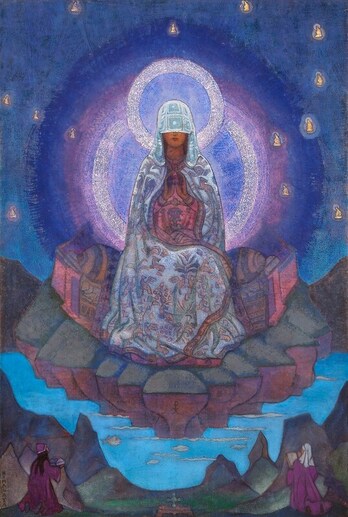
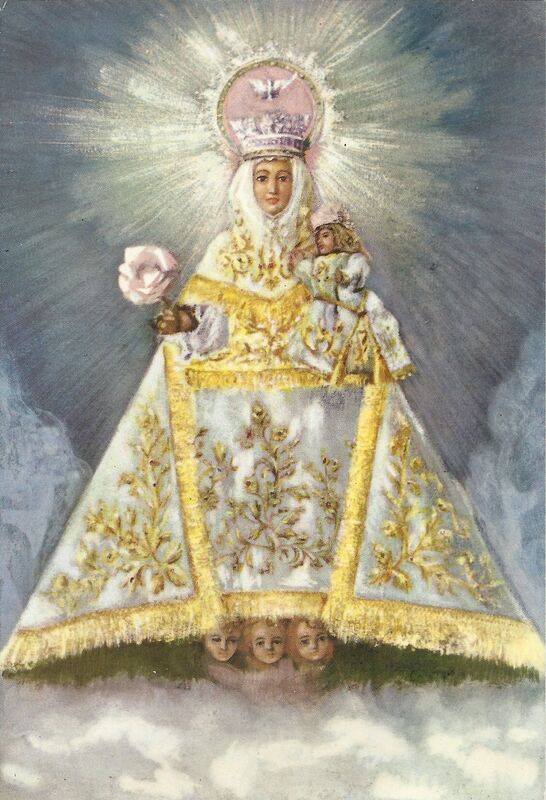
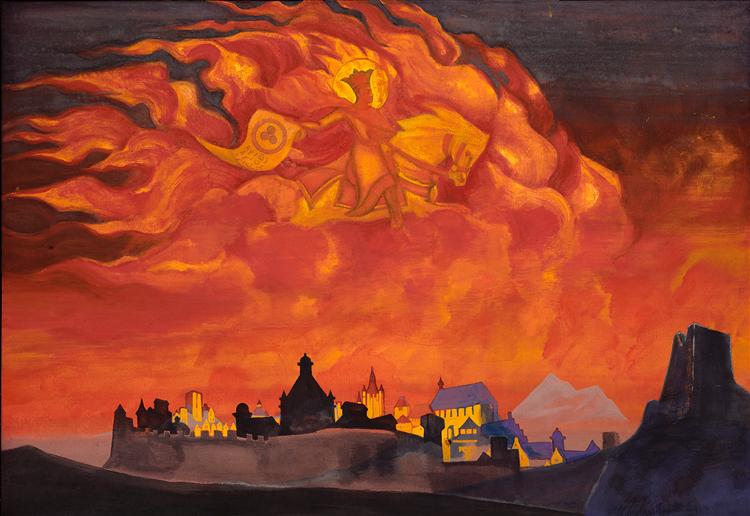

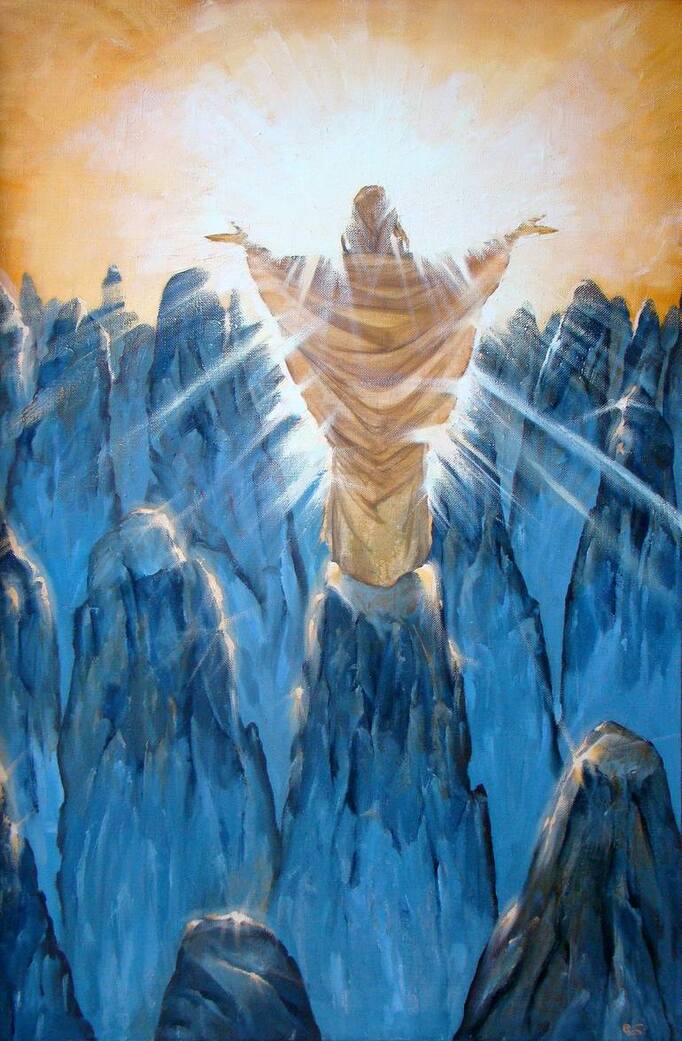
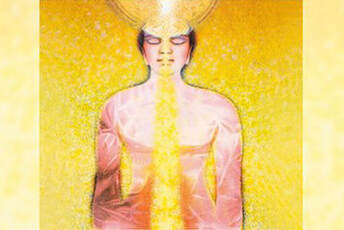
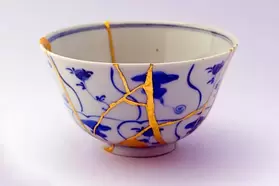
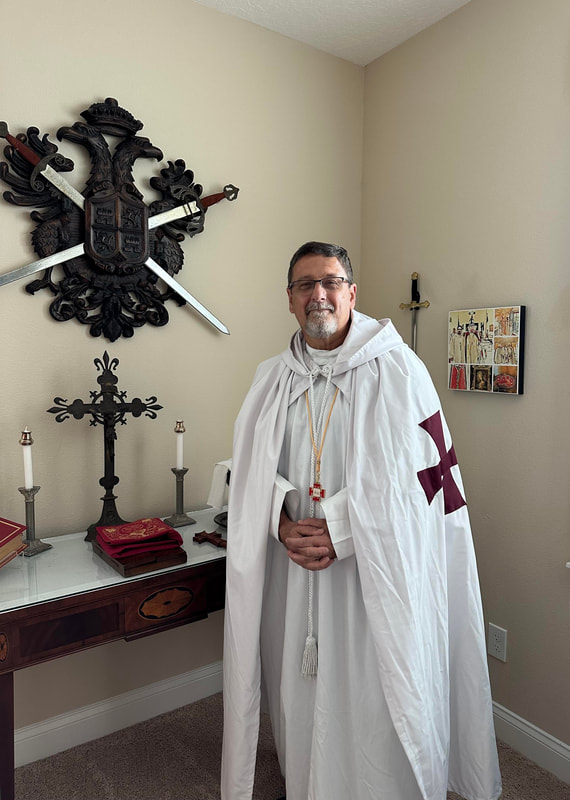
 RSS Feed
RSS Feed
